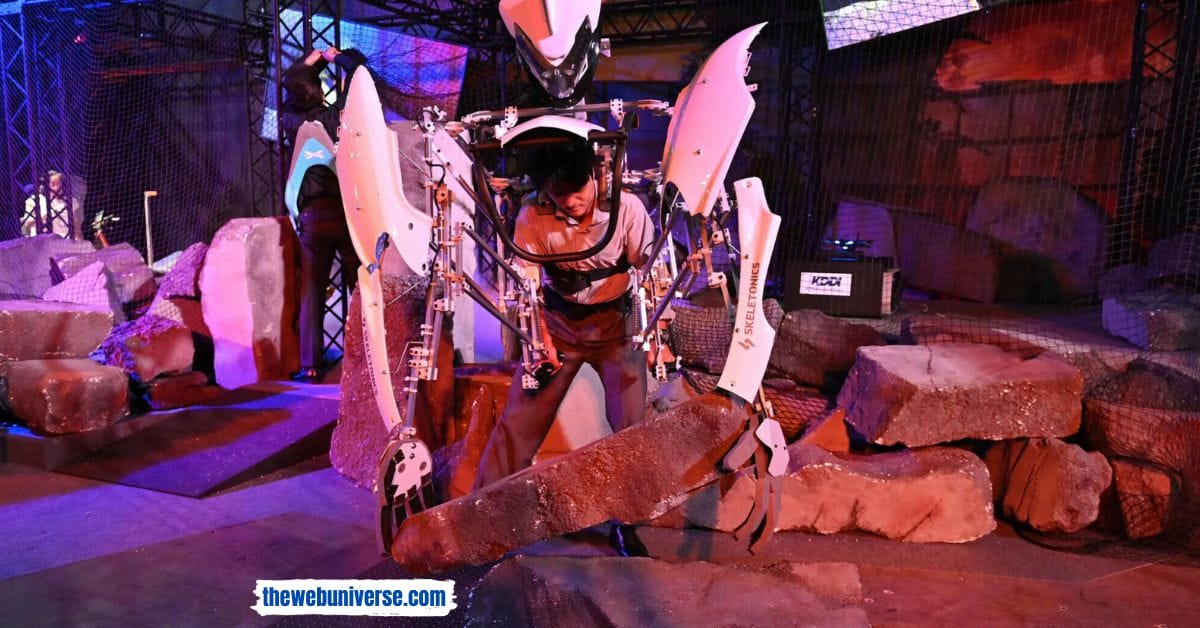Japan’s Vision for the Future: Japan Rescue Robots Revolutionize Disaster Response

In a world where technological advancements continue to shape our future, Japan stands at the forefront, showcasing a remarkable display of “Japan rescue robots” that could potentially revolutionize rescue efforts. These robots are equipped with advanced sensors, artificial intelligence, and mobility features that enable them to navigate challenging terrains and perform various tasks. Japan’s vision for the future involves harnessing these robotic wonders to enhance disaster response and save lives.
Japan’s Technological Prowess on Display
Japan, renowned for its technological innovations, recently hosted a captivating event in Tokyo that brought together experts, engineers, and innovators from around the world.
The primary objective was to showcase cutting-edge “Japan rescue robots” designed specifically to assist in disaster-stricken areas, where human intervention may be limited or perilous.
This visionary event not only unveiled the potential of “Japan rescue robots” but also emphasized Japan’s commitment to transforming the way we approach rescue operations.
The Heroes of the Hour: Japan Rescue Robots
The star of the show was none other than “RescueBot,” a humanoid robot capable of mimicking human movements and gestures.
This incredible machine demonstrated its ability to assess and respond to emergency situations. It showcased its dexterity by climbing over debris, lifting heavy objects, and indeed furnishing introductory medical backing. With its advanced technology, “RescueBot” represents a significant leap forward in the field of “Japan rescue robots.”
Another standout was “AeroRescue,” a drone equipped with thermal imaging cameras and communication devices. This versatile drone quickly surveys disaster areas, locates survivors, and relays vital information to rescue teams.
Flying at high altitudes and swiftly covering vast areas, it proves to be an indispensable resource for search and rescue missions.
The Power of Teamwork: RescueSwarm
The event also featured a team of small, agile robots known as “RescueSwarm.” These robots can work together to clear rubble and create pathways for rescue teams.
Their coordination and efficiency in navigating through tight spaces and removing obstacles were nothing short of impressive. These “Japan rescue robots” are a testament to the collaborative effort to improve disaster response through robotics.
The Future of Rescue Efforts
Rescue experts are optimistic about the potential of “Japan rescue robots” to revolutionize search and rescue operations.
By integrating these advanced machines into rescue efforts, they can significantly improve response times, boost the survival chances of victims, and minimize risks for human rescuers.
Their unique capabilities to access hard-to-reach areas, collect real-time data, and perform physically demanding tasks are invaluable in emergency situations.
Although the “Japan rescue robots” showcased are still in the developmental phase, the recent event acted as a platform for experts to collaborate and share knowledge.
Japan show provides glimpse of robots as future of rescue efforts#Japan #Robots #JapanMobilityShowhttps://t.co/dpno6p970m
— The Peninsula Qatar (@PeninsulaQatar) October 26, 2023
Conclusion
Japan, with its unwavering commitment to technological advancement, is leading the way in redefining the future of rescue efforts with “Japan rescue robots.” The showcased robots represent the cutting edge of rescue technology and offer a glimpse into a future where these machines will play a pivotal role in saving lives during disasters.
As research and development in robotics and artificial intelligence continue to progress, we can expect to see more innovative solutions that will further enhance our ability to respond effectively to disasters and ensure the safety of our communities.
FAQs
1. What are Japanese rescue robots?
Japan rescue robots are advanced robotic systems designed to assist in disaster-stricken areas. They are equipped with cutting-edge technology, including sensors and artificial intelligence, to navigate challenging terrains and perform various tasks during rescue and disaster response operations.
2. How do Japan’s rescue robots improve disaster response?
These robots enhance disaster response by providing quicker access to hard-to-reach areas, gathering real-time data, and performing physically demanding tasks that can save lives. They increase response times and reduce risks for human rescuers.
3. What are some examples of Japanese rescue robots showcased at recent events?
Notable examples include “RescueBot,” a humanoid robot capable of mimicking human movements and providing medical assistance. “AeroRescue” is a drone equipped with thermal imaging cameras for surveying disaster areas. “RescueSwarm” comprises a team of small robots working together to clear debris and create pathways for rescue teams.
4. Are Japan rescue robots currently in use in real disaster scenarios?
While these robots are showcased and in development, they are not yet widely deployed in real disaster situations. Ongoing research and development are necessary to refine their capabilities for practical use.
5. What is the future of Japanese rescue robots?
Japan is committed to advancing the use of rescue robots in disaster response. As technology and artificial intelligence continue to evolve, we can expect to see more innovative solutions that will further enhance the role of Japanese rescue robots in saving lives during emergencies and natural disasters.






